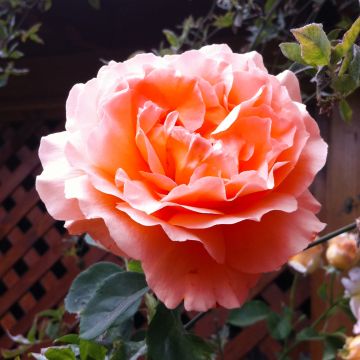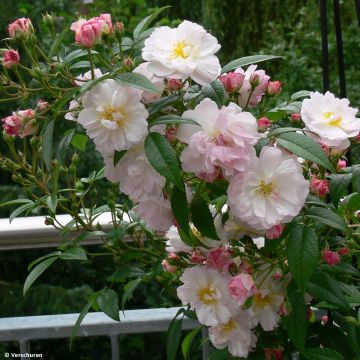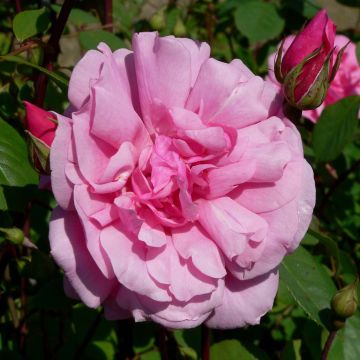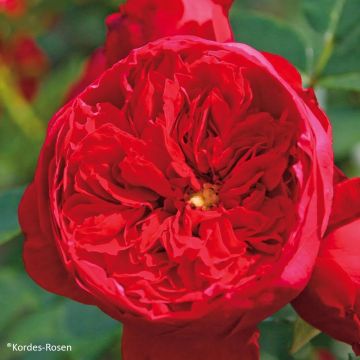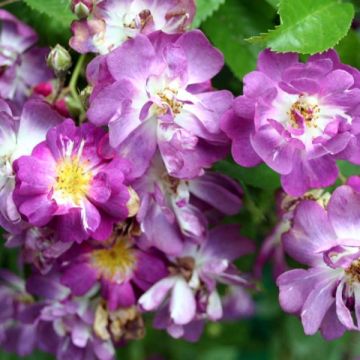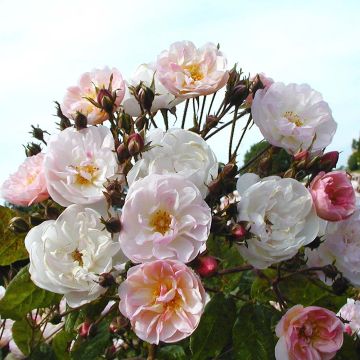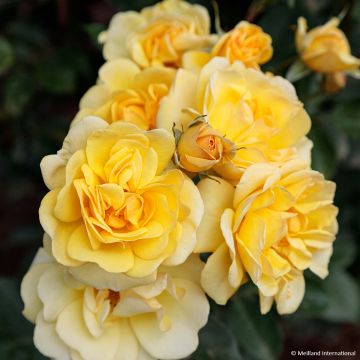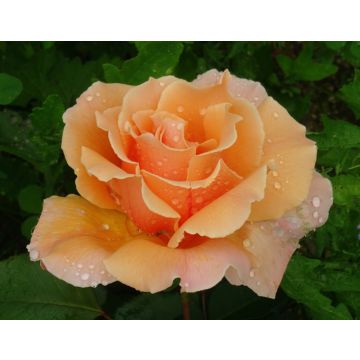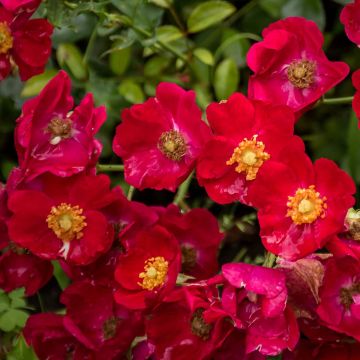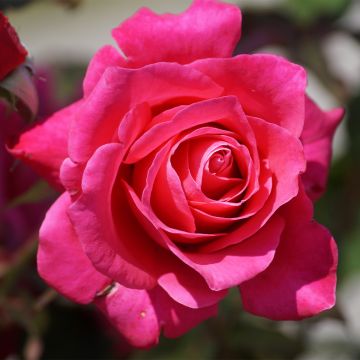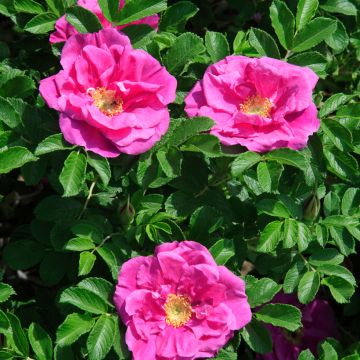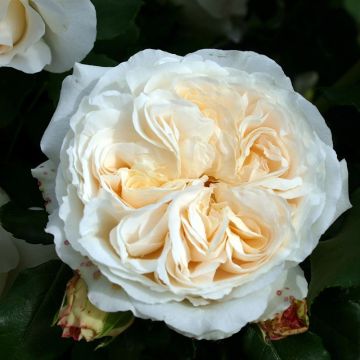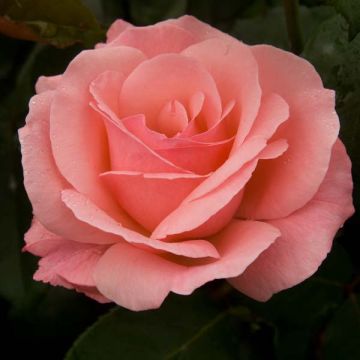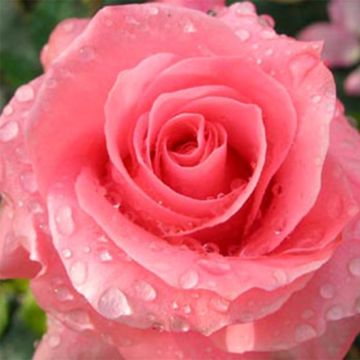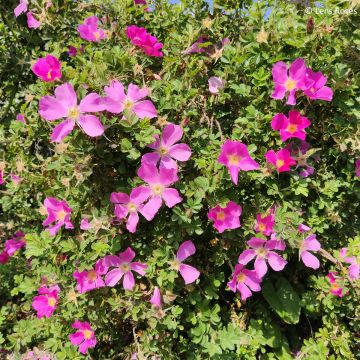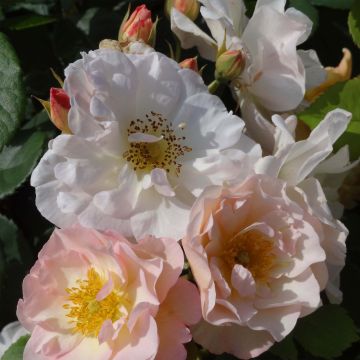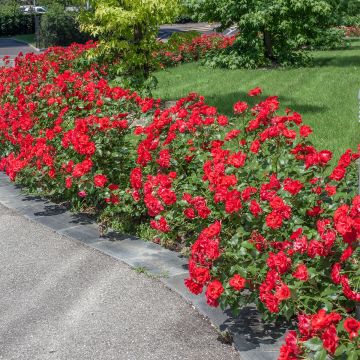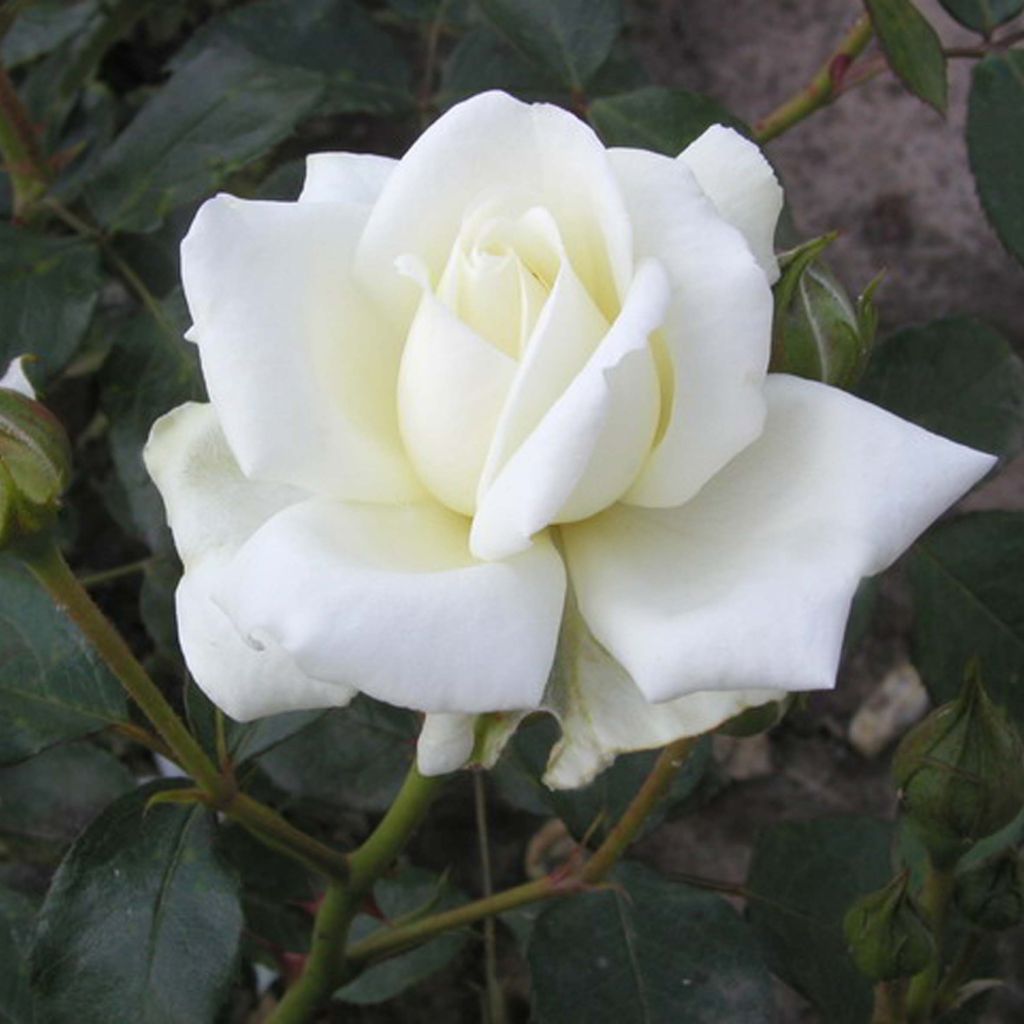

Rosa x wichuraiana White New Dawn - Climbing Rose
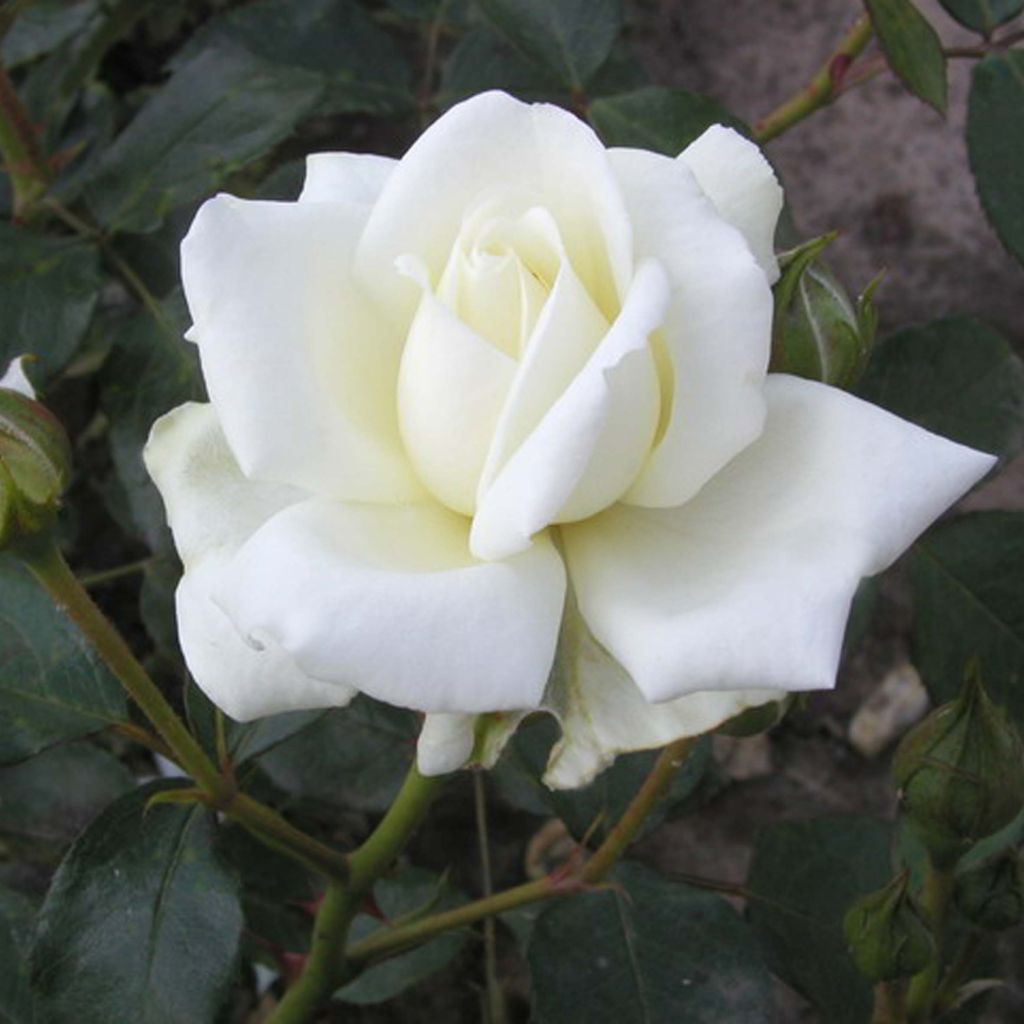

Rosa x wichuraiana White New Dawn - Climbing Rose
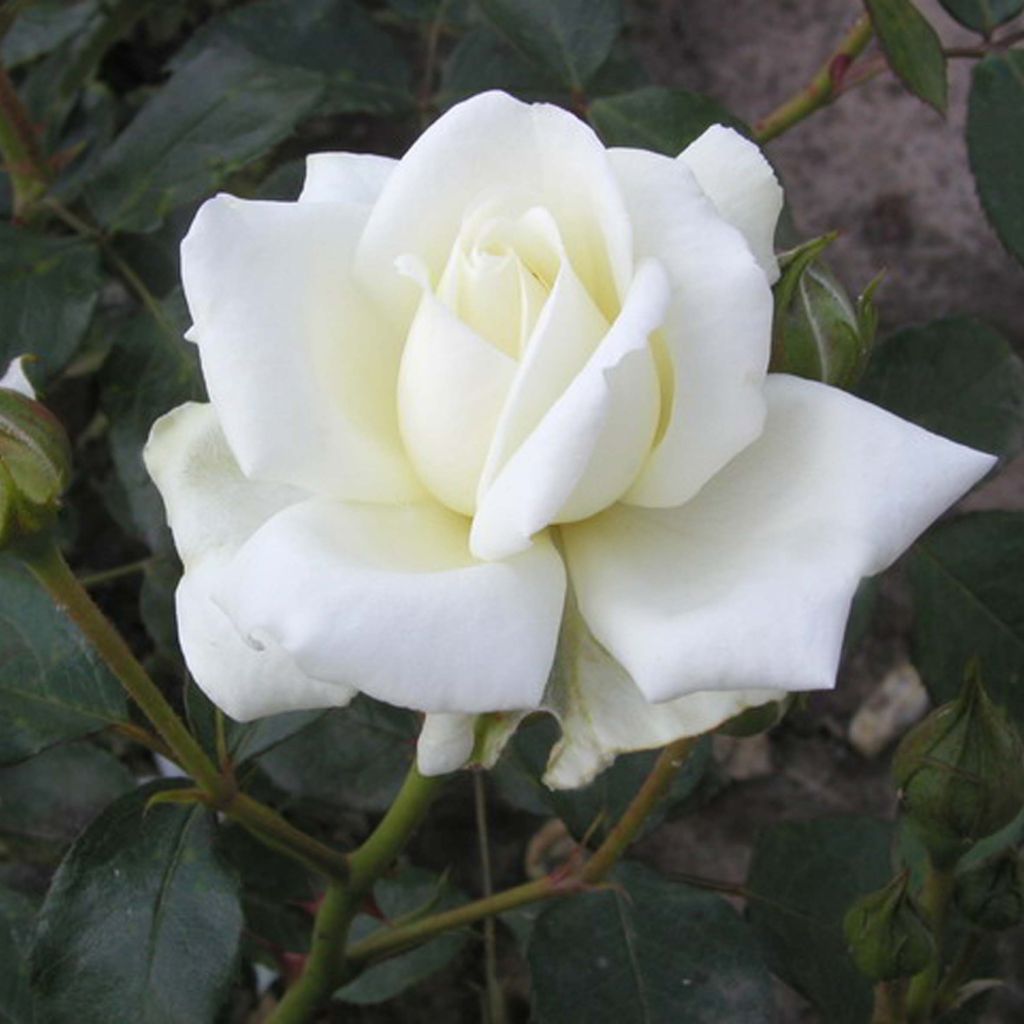

Rosa x wichuraiana White New Dawn - Climbing Rose
Rosa x wichuraiana White New Dawn - Climbing Rose
Rosa x wichuraiana White New Dawn
Memorial Rose, Wichuraiana Rose
This item cannot be shipped to the selected country
Delivery charge from €5.90
Delivery charge from €5.90
Delivery to Corse prohibited
More information
Schedule delivery date,
and select date in basket
This plant carries a 6 months recovery warranty
More information
We guarantee the quality of our plants for a full growing cycle, and will replace at our expense any plant that fails to recover under normal climatic and planting conditions.
From €5.90 for pickup delivery and €6.90 for home delivery
Express home delivery from €8.90.
From €5.90 for pickup delivery and €6.90 for home delivery
Express home delivery from €8.90.
Delivery to Corse prohibited: UE law prohibits the import of this plant from mainland France to Corse as part of the fight against Xylella fastidiosa. Please accept our sincere apologies.
More information

Does this plant fit my garden?
Set up your Plantfit profile →
Description
The climbing rose 'White New Dawn' has managed to retain all the qualities of robustness and charm of its parent, the famous New Dawn, which is highly regarded by amateur and professional gardeners alike. Its double flowers with slightly blurred lines are a snowy white, and their beautiful fragrance recalls that of old roses. If the faded flowers are removed, they will be replaced in successive waves from May until autumn. With its strong vigour and undemanding nature, this rose will charm all lovers of romantic roses.
This 'White New Dawn' rose is the result of a cross between the roses 'New Dawn' and 'Lily Pons'. It carries the genes of the Wichura rose (synonym Rosa luciae), a vigorous botanical species native to East Asia. Just like the old roses 'Alberic Barbier' or 'Albertine', it produces very spiny arching branches, but it rarely exceeds a height of 3 to 4 metres (10 to 13 feet). Its small deciduous foliage is a bright medium green with a satin finish, and it falls in autumn. Depending on the growing conditions, it can be slightly susceptible to black spot (marsonia) and powdery mildew. 'White New Dawn' blooms abundantly in late spring and may rebloom to some extent in summer if it is not lacking water. The fall rebloom is regular, abundant, and prolonged if the faded flowers are pruned. Its flowers are cup-shaped doubles with a diameter of 8cm (3in), slightly crumpled, although the curved and turbinate forms of modern roses can already be seen on their fringed petals. Grouped in small bouquets, they consist of 20 to 39 white petals surrounding a barely pink heart adorned with yellow stamens, which are visible before the flower fades.
The climbing rose 'White New Dawn' will make a powerful and charming duo with its parent 'New Dawn', blooming for almost 6 months. This climber, which is undeterred by anything, dresses trellises, pergolas, or tall bushes wonderfully. It adapts to many situations, even flowering in the rather shady areas of the garden in our sunniest regions. It also accommodates all types of soil, but prefers well-tilled and deep soil as well as a well-ventilated exposure. Like 'Albertine', 'Felicia', 'American Pillar', and 'May Queen', it is particularly interesting for bringing lushness and colour to areas of the garden that are less favorable to roses. Sturdy, undemanding, and frugal, it will thrive in both the north and south of our country, with some care at planting. Like other large climbers, it can easily hide an unsightly structure, climb a wall, adorn a flowering hedge, or a sturdy small tree.
Obtained by Longley de Somerset Rose Nursery (Scotland), 1949.
Report an error about the product description
Rosa x wichuraiana White New Dawn - Climbing Rose in pictures
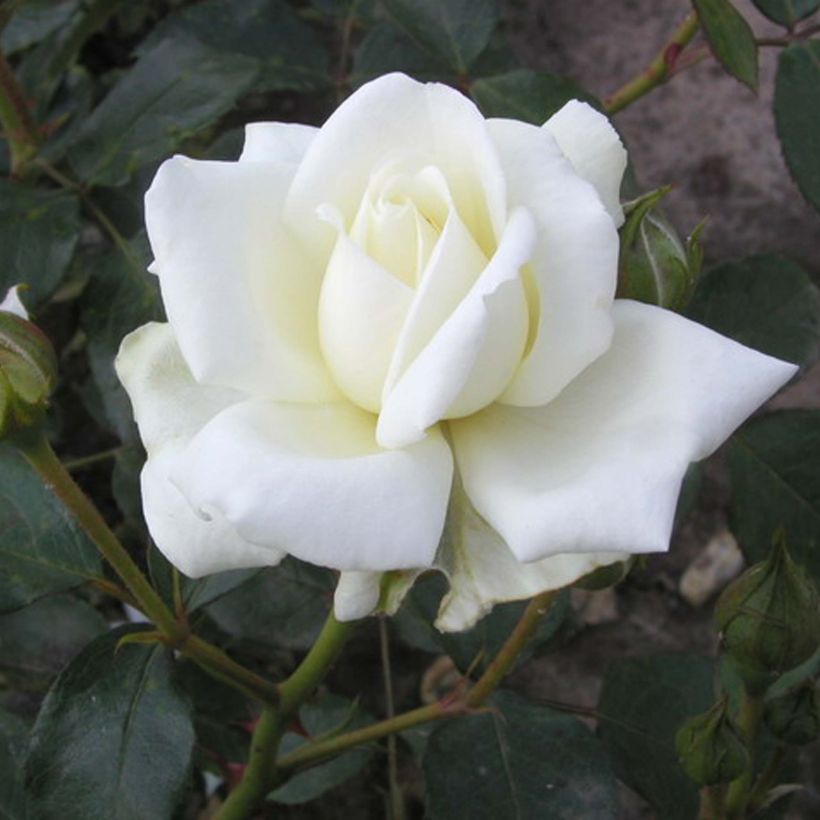

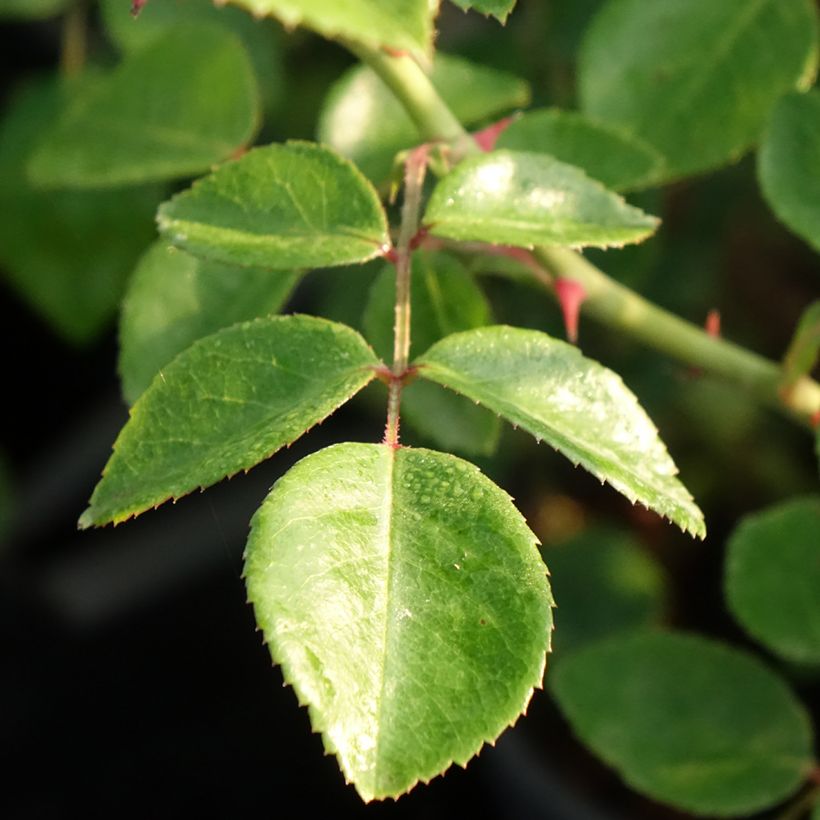

Plant habit
Flowering
Foliage
Botanical data
Rosa
x wichuraiana
White New Dawn
Rosaceae
Memorial Rose, Wichuraiana Rose
Cultivar or hybrid
Other Climbing Roses
Planting and care
Plant your 'White New Dawn' rose bush in a sunny or semi-shaded location, where its flowers will be protected from the strong rays of midday. Roses are tolerant but do not like excessive limestone. They will adapt to any garden as long as the soil is well worked and rich enough. If you notice stained or powdery mildew-infected leaves, remove them immediately. This rose bush may require a preventive treatment in spring with sulfur, which is very effective against fungal diseases. To plant your rose bush, work your soil by crumbling the earth and adding an amendment, such as dried blood or dehydrated horn, at the bottom of the planting hole. Water generously after planting to remove air pockets. Water regularly for a few weeks to facilitate rooting. Since 'White New Dawn' is a perpetual bloomer, it is necessary to regularly prune the faded flowers. This will promote the growth of new flower buds without exhausting the bush. Renew your rose bush by removing the oldest stems near the stump, then balance the bush by pruning short and long branches. Remove dead wood and ake space for ventilation in the centre of the bush. For pruning, choose an eye that points outward and make a diagonal cut just above it. Train your rose bushes as they grow to ensure they cover the support.
Planting period
Intended location
Care
-
, onOrder confirmed
Reply from on Promesse de fleurs
Roses by purpose
Haven't found what you were looking for?
Hardiness is the lowest winter temperature a plant can endure without suffering serious damage or even dying. However, hardiness is affected by location (a sheltered area, such as a patio), protection (winter cover) and soil type (hardiness is improved by well-drained soil).

Photo Sharing Terms & Conditions
In order to encourage gardeners to interact and share their experiences, Promesse de fleurs offers various media enabling content to be uploaded onto its Site - in particular via the ‘Photo sharing’ module.
The User agrees to refrain from:
- Posting any content that is illegal, prejudicial, insulting, racist, inciteful to hatred, revisionist, contrary to public decency, that infringes on privacy or on the privacy rights of third parties, in particular the publicity rights of persons and goods, intellectual property rights, or the right to privacy.
- Submitting content on behalf of a third party;
- Impersonate the identity of a third party and/or publish any personal information about a third party;
In general, the User undertakes to refrain from any unethical behaviour.
All Content (in particular text, comments, files, images, photos, videos, creative works, etc.), which may be subject to property or intellectual property rights, image or other private rights, shall remain the property of the User, subject to the limited rights granted by the terms of the licence granted by Promesse de fleurs as stated below. Users are at liberty to publish or not to publish such Content on the Site, notably via the ‘Photo Sharing’ facility, and accept that this Content shall be made public and freely accessible, notably on the Internet.
Users further acknowledge, undertake to have ,and guarantee that they hold all necessary rights and permissions to publish such material on the Site, in particular with regard to the legislation in force pertaining to any privacy, property, intellectual property, image, or contractual rights, or rights of any other nature. By publishing such Content on the Site, Users acknowledge accepting full liability as publishers of the Content within the meaning of the law, and grant Promesse de fleurs, free of charge, an inclusive, worldwide licence for the said Content for the entire duration of its publication, including all reproduction, representation, up/downloading, displaying, performing, transmission, and storage rights.
Users also grant permission for their name to be linked to the Content and accept that this link may not always be made available.
By engaging in posting material, Users consent to their Content becoming automatically accessible on the Internet, in particular on other sites and/or blogs and/or web pages of the Promesse de fleurs site, including in particular social pages and the Promesse de fleurs catalogue.
Users may secure the removal of entrusted content free of charge by issuing a simple request via our contact form.
The flowering period indicated on our website applies to countries and regions located in USDA zone 8 (France, the United Kingdom, Ireland, the Netherlands, etc.)
It will vary according to where you live:
- In zones 9 to 10 (Italy, Spain, Greece, etc.), flowering will occur about 2 to 4 weeks earlier.
- In zones 6 to 7 (Germany, Poland, Slovenia, and lower mountainous regions), flowering will be delayed by 2 to 3 weeks.
- In zone 5 (Central Europe, Scandinavia), blooming will be delayed by 3 to 5 weeks.
In temperate climates, pruning of spring-flowering shrubs (forsythia, spireas, etc.) should be done just after flowering.
Pruning of summer-flowering shrubs (Indian Lilac, Perovskia, etc.) can be done in winter or spring.
In cold regions as well as with frost-sensitive plants, avoid pruning too early when severe frosts may still occur.
The planting period indicated on our website applies to countries and regions located in USDA zone 8 (France, United Kingdom, Ireland, Netherlands).
It will vary according to where you live:
- In Mediterranean zones (Marseille, Madrid, Milan, etc.), autumn and winter are the best planting periods.
- In continental zones (Strasbourg, Munich, Vienna, etc.), delay planting by 2 to 3 weeks in spring and bring it forward by 2 to 4 weeks in autumn.
- In mountainous regions (the Alps, Pyrenees, Carpathians, etc.), it is best to plant in late spring (May-June) or late summer (August-September).
The harvesting period indicated on our website applies to countries and regions in USDA zone 8 (France, England, Ireland, the Netherlands).
In colder areas (Scandinavia, Poland, Austria...) fruit and vegetable harvests are likely to be delayed by 3-4 weeks.
In warmer areas (Italy, Spain, Greece, etc.), harvesting will probably take place earlier, depending on weather conditions.
The sowing periods indicated on our website apply to countries and regions within USDA Zone 8 (France, UK, Ireland, Netherlands).
In colder areas (Scandinavia, Poland, Austria...), delay any outdoor sowing by 3-4 weeks, or sow under glass.
In warmer climes (Italy, Spain, Greece, etc.), bring outdoor sowing forward by a few weeks.


































